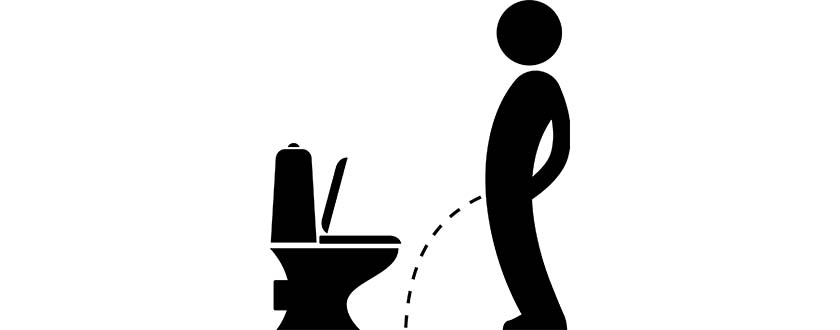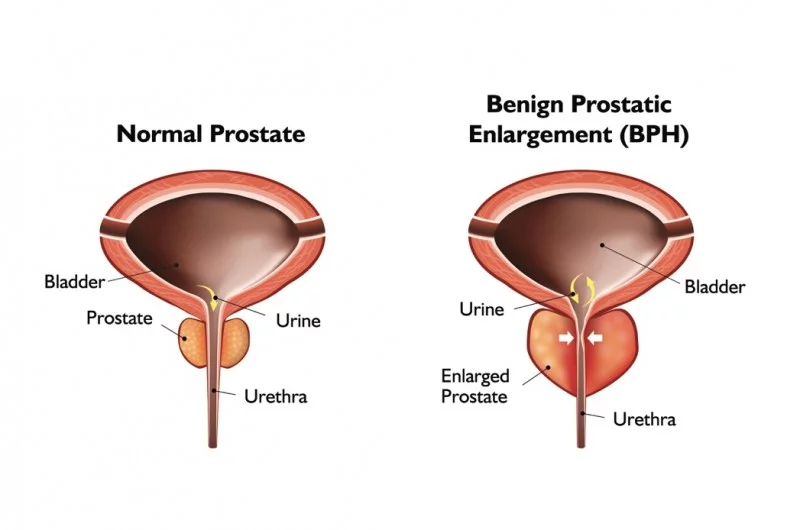
Benign prostatic hyperplasia (BPH) is a common condition of the prostate in men that results in obstructive voiding symptoms. Patients may complain of frequent urination, urinary urgency, urinary dribbling, slowing stream, straining to urinate, waking up at night to urinate, incomplete bladder emptying and even inability to urinate altogether. Treatment options may include fluid management and dietary changes, medications, minimally invasive procedures, and surgery.
We offer the latest tests and treatment options to assist you with restoring your urinary function and to improve your urinary symptoms. Depending on the outcome of your evaluation and severity of symptoms, you may be a candidate for a minimally invasive treatment for BPH.
We offer a wide array of non-surgical same day treatments for BPH, which may include microwave treatment (TUMT), Urolift®, water vapor thermotherapy (Rezūm™), photoselective vaporization of prostate with GreenLight™ laser (PVP), waterjet ablation (Aquablation®) and saline TURP. Most of the time, hospital admission is not required and you will be discharged home the same day. In severe cases, surgical robotic assisted simple prostatectomy or open surgery may be considered.
What is BPH?
Benign Prostatic Hyperplasia, or BPH, is a condition in which the prostate enlarges as men get older. BPH is a very common condition that affects over 42 million men in the US1 and over 660 million aging men worldwide.2.3 Over 40% of men in their 50s and over 70% of men in their 60s have BPH.2 While BPH is a benign condition and unrelated to prostate cancer, it can greatly affect a man’s quality of life.
As the prostate enlarges, it presses on and blocks the urethra, causing bothersome urinary symptoms. If left untreated, BPH can lead to permanent bladder damage.4
Symptoms include:5,6
- Frequent need to urinate both day and night
- Weak or slow urinary stream
- A sense that you cannot completely empty your bladder
- Difficulty or delay in starting urination
- Urgent feeling of needing to urinate
- A urinary stream that stops and starts
Symptoms of BPH can cause loss of productivity, depression, and decreased quality of life.7
If you suffer from the above symptoms, you are not alone. BPH is the leading reason men visit a urologist.8
You can measure the severity of your BPH symptoms by taking the International Prostate Symptom Score (IPSS) questionnaire. Sharing this information with your physician will help them understand the severity of your symptoms.

Even watchful waiting has its risks. Bladder outlet obstruction could result in irreversible bladder damage if left untreated4

References
- NeoTract US Market Model estimates for 2020, data on file.
- Berry, et al., Journal of Urology 1984
- US Census Bureau international database worldwide population estimates for 2020
- Tubaro, Drugs Aging 2003
- Rosenberg, Int J Clin Pract 2007
- Vuichoud, Can J Urol 2015
- Speakman, BJUI International 2014
- IMS Health NDTI Urology Specialty Profile Report 2013

